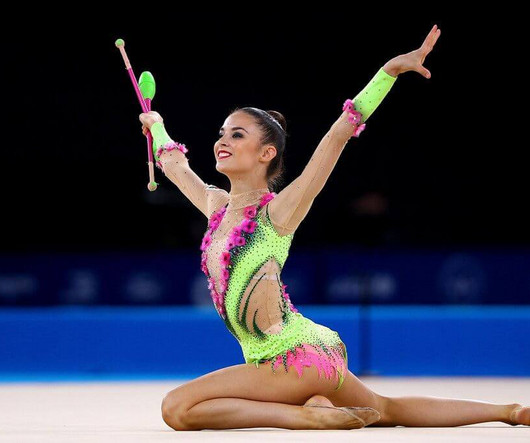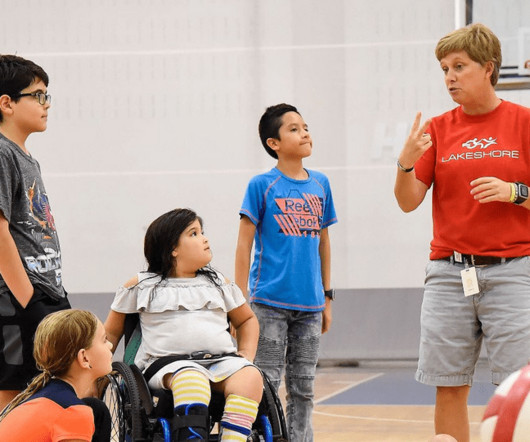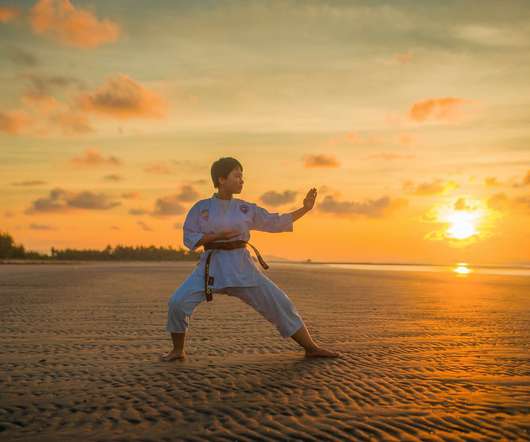THE PITFALLS OF 'MORE, YOUNGER' MINDSET Why Starting Kids Too Early and Pushing Them Too Hard Can Backfire in Youth Sports
Better Coaching
DECEMBER 24, 2024
According to a 2019 survey by the Sports & Fitness Industry Association (cited in Aspen Institute, 2021), youth sports participation patterns indicate an increasingly competitive environment. National governing bodies and community-based programs likewise carry a responsibility to set guidelines and foster evidence-based approaches.














Let's personalize your content